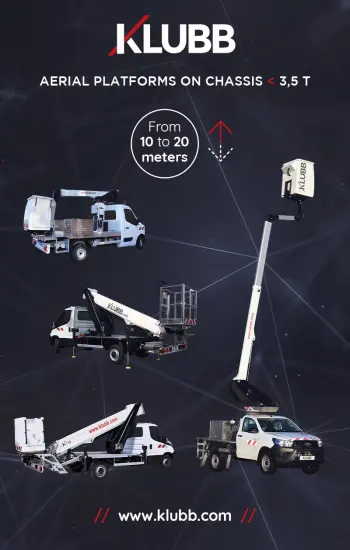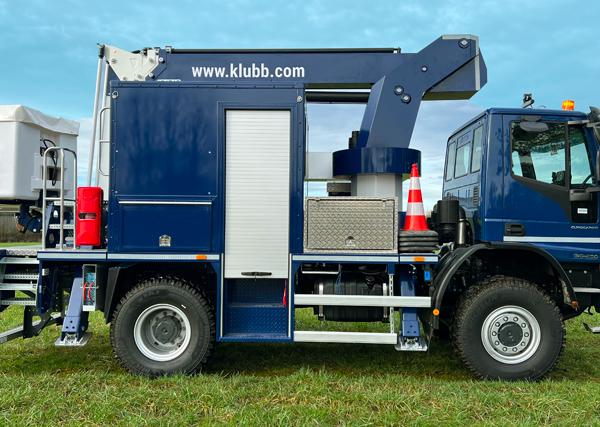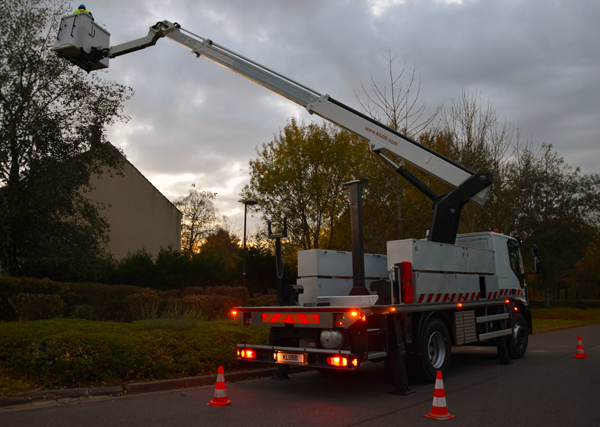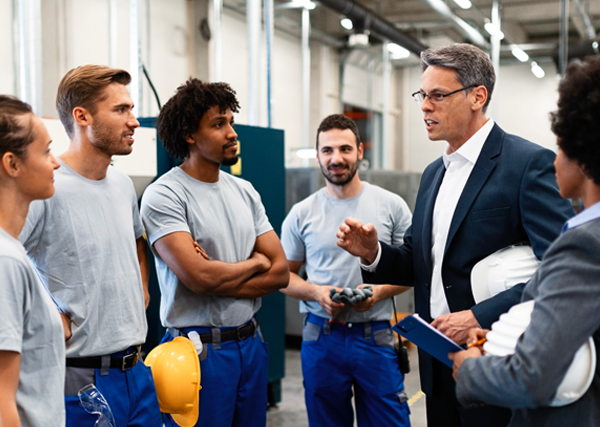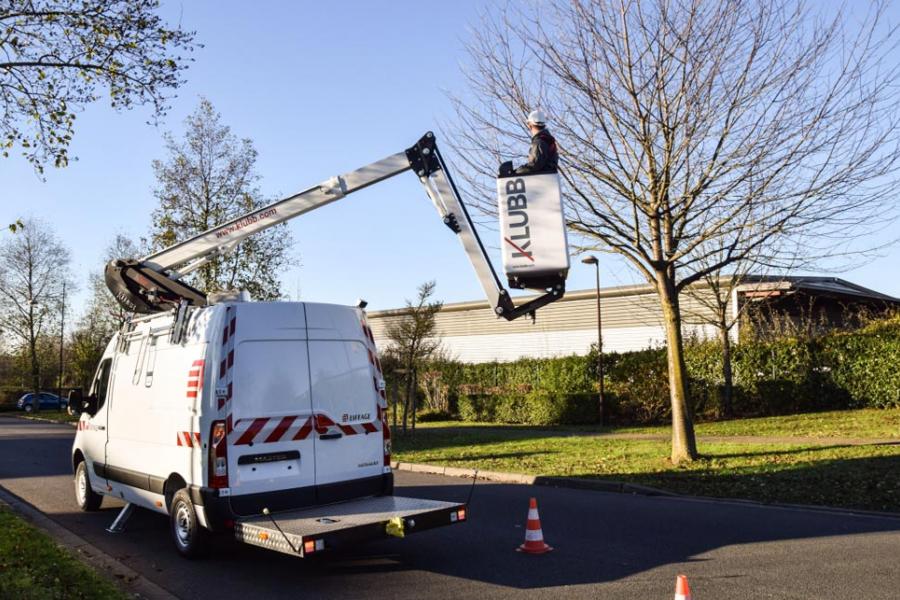
Arboriculture requires appropriate equipment, especially for working at heights with precision and safety. It is in this context that many arborists turn to Mobile Elevating Work Platforms (MEWPs) to access trees and perform pruning and care. In this article, we will indicate the criteria to consider when choosing the right lift, to work efficiently and safely.
Intervention Location and Type of Vegetation
At KLUBB Group, we are convinced that arborists, when choosing their aerial lift, must take into account the intervention location and the type of vegetation, particularly to ensure their safety and optimal operation of the lift on the carrier. The constraints related to the intervention location and its access conditions are numerous and must be identified. To do this, it is necessary to ask the following questions:
- Are there obstacles to overcome?
- Are there any road restrictions?
- Can the terrain support the lift?
- At what height should the intervention be carried out?
- What outreach distance is required at the highest point?
- Is there enough space to deploy stabilizers and maneuver?
- What infrastructures are present (high voltage lines, gas or water distribution network...)?
As for vegetation, it is important to be vigilant about its height, shape, and distance from the work area.
Maintaining the Lift's Performance Level
The aerial lift must be thoroughly evaluated regularly. This ensures that it is able to operate despite identified constraints that may limit its use. Elements specific to the lift may also limit its use: its dimensions, weight, maneuverability, stabilization capabilities...
Most MEWPs are designed to work on relatively flat surfaces. However, they may need to operate on more or less rugged terrain. This is notably the case with some aerial lift mounted on a 4x4 chassis from the KLUBB GROUP range, which allow off-road use with a slope limit of up to 8.5°.
Ensuring Good Stability
While this may seem obvious, it is still important to emphasize: the stability of the lift strongly influences the safety of operators, especially on rugged terrain. At KLUBB Group, we have chosen hydraulic "H" or "A" stabilizers, which provide firm and reliable stability on all types of terrain, adapt well to the intervention location, and guarantee safe and efficient work at height.
A precise assessment of the lift's compatibility with the ground is essential to ensure that the stabilizers function correctly. Moreover, the use of blocking plates may sometimes be necessary and is highly recommended to maintain the stability of the machine during all work phases.
Working Height and Outreach
Working height and outreach are two important parameters. Indeed, they define the effective reach of the lift and thus condition work at height. At KLUBB Group, this information is indicated on all documents relating to its use, accompanied by a work curve. This is a graph illustrating the working envelope of our machines, allowing you to see the area that your operators can potentially reach in the course of their missions.
Maximum Allowable Load
The payload is the upper weight limit that the MEWP can safely lift. This weight includes the sum of the operators' weight, as well as that of all tools and equipment in the basket. Payload indications are usually displayed on the lift basket and can vary, depending on the model, from 120 kg to 340 kg. This capacity must be strictly adhered to to ensure the safety and efficiency of operations at height.

